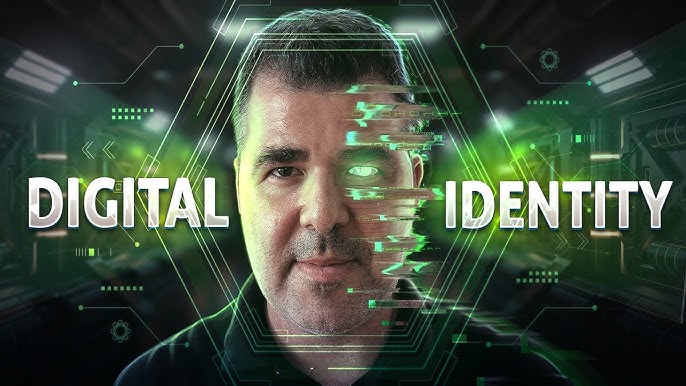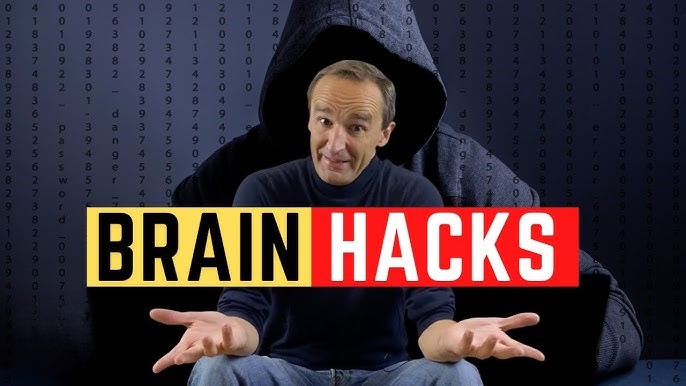
In an era dominated by social media, trust and authenticity are paramount. However, Twitter, one of the leading social media platforms, recently faced a significant blow to its credibility when verified accounts shared a fake image, leading to widespread chaos and confusion among users. This incident raises questions about the platform’s ability to maintain trust, the responsibility of verified accounts, and the challenges of combating misinformation. In this article, we delve into the details of this disconcerting event, examining the repercussions and exploring potential solutions.
The Viral Deception:
It all began with a single image—a visually striking depiction of an alleged explosion at the Pentagon. The image was meticulously crafted to appear genuine, triggering shock and concern among Twitter users. Compounding the issue, several verified accounts, typically considered reputable sources, unknowingly perpetuated the spread of misinformation by sharing the image without verifying its authenticity.
A Crisis of Trust:
The incident revealed a fundamental trust deficit on Twitter. Verified accounts, marked with the coveted blue checkmark, are meant to assure users of the account’s legitimacy. However, the dissemination of false information by these accounts shattered the trust users had placed in the platform. The episode highlighted the need for stricter verification processes and raised questions about the responsibilities and accountability of verified users.
The Ripple Effect:
Misinformation on social media spreads like wildfire, and this incident was no exception. The fake image gained traction within minutes, quickly reaching a wide audience. Panic, confusion, and outrage ensued as users retweeted and shared the image without question. Journalists, government agencies, and individuals were left grappling with the task of debunking the falsehoods and restoring order amid the chaos.
Challenges of Misinformation Mitigation:
The incident underlines the immense challenges platforms face in combating misinformation. Twitter, like other social media platforms, relies on user reporting and algorithmic detection to flag potentially false or harmful content. However, in the age of deepfakes and sophisticated image manipulation, the task of verification becomes increasingly daunting. Striking a balance between freedom of expression and ensuring the dissemination of accurate information is an ongoing battle.
The Role of Verified Accounts:
Verified accounts, once seen as trustworthy sources, must shoulder the responsibility of maintaining the platform’s integrity. As influencers and public figures, they possess the power to shape public opinion and must exercise due diligence before sharing any content. The incident underscores the need for verified users to be more vigilant in verifying information and engaging in responsible sharing practices to prevent the spread of misinformation.
Strengthening Verification Processes:
The incident has prompted calls for Twitter to enhance its verification processes. Stricter protocols, including thorough background checks, authentication of identity, and continuous monitoring, are necessary to ensure that verified accounts are indeed reliable sources of information. Additionally, clear guidelines regarding the responsibilities of verified accounts in combating misinformation can help restore trust and accountability.
Promoting Media Literacy:
In the face of rampant misinformation, promoting media literacy is vital. Users must be equipped with the skills to critically evaluate information, fact-check sources, and navigate the digital landscape responsibly. Educational initiatives, both within schools and through public awareness campaigns, should focus on enhancing digital literacy skills to empower individuals to discern accurate information from falsehoods.
Rebuilding Trust:
Rebuilding trust in Twitter will require concerted efforts from the platform, verified users, and the user community. Transparent communication, proactive measures against misinformation, and swift action in addressing the spread of fake content are essential. Twitter must work collaboratively with users, journalists, and fact-checking organizations to create a safer and more reliable online environment.
Conclusion:
Twitter’s recent trust deficit, triggered by the sharing of a fake image by verified accounts, serves as a wake-up call for the platform and its users. It exposes the vulnerability of social media to the spread of misinformation and highlights the urgent need for stronger verification processes, increased vigilance among verified users, and a commitment to media literacy. Only through these collective efforts can we restore trust in the platform, ensuring that Twitter remains a reliable source of information in the digital age.










